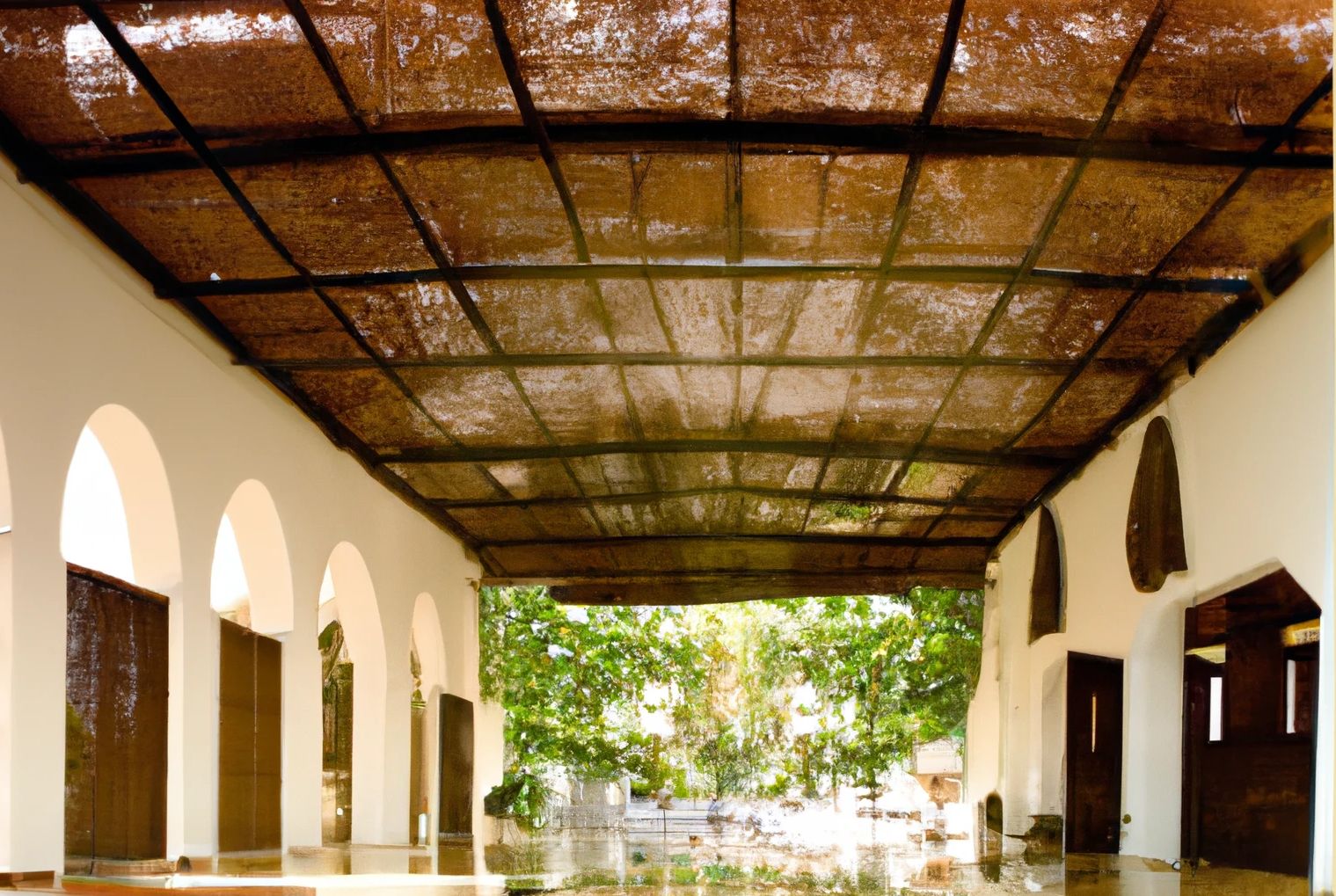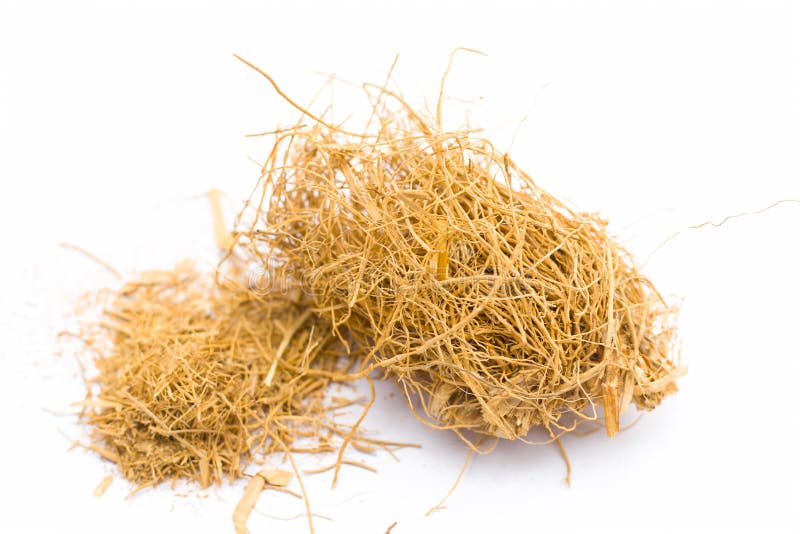

The monsoon rains in India are a phenomenon everyone should experience at least once in their lifetime just as one would the Northern Lights. Having lived in Britain for the last 20 years, I consider myself an oddity – one who loves the tumultuous weather. As a pluviophile, rain in any form brings joy to my heart, but the intoxication of the monsoon is incomparable. The storm clouds, though dark and moody, are anything but melancholic. The atmosphere is at once uplifting and contemplative, joyous with the electric promise of life. There is nothing else that exists but the wall of rain thrashing the earth, a wrath unleashed upon the ground by Indra.
The summer leading up to the monsoon, on the other hand, is terrifying and incapacitating. I grew up in the Central Indian city of Bhopal where the mercury would hit 46c. Each room in our house had its own water cooler, but the one in our living room was the one I would spend the afternoon in front of. It was a beast of a machine, 5ft tall and 3 ft wide with a water tank that had a little secret -its internal walls were lined with vetiver.

Vetiver or Khus as it is known in Hindi, is a tall, tufted grass grown mainly for its fragrant root & shoots. It’s also synonymous with the summer across India, used for its cooling effect in aromatherapy, a flavouring in food and drink and a scent. At first it smells damp, earthy, woody & delicately smoky with a lingering aroma of cut grass and hints of an alluring perfume. It is the scent of waterfalls and wet mud dancing with sunshine and flowers. It’s what happens when a hessian sack full of potatoes romances vanilla, lemon, beetroot and spices. It is what gives you hope in the tortuous heat of an Indian summer (before the advent of air conditioning!), a hope that brings with it the dark clouds of the monsoon season.
My earliest memory of falling in love with vetiver is as a 4 year old. My mum, a civil servant, was District Magistrate of Sehore (a small municipality in the state of Madhya Pradesh, Central India) where we lived in a gargantuan colonial bungalow, the official residence of the DM. There was a large central courtyard with massive pillars adorning the verandah that ran around it. Every summer the housekeeper was tasked with dusting off the vetiver blinds – massive rollup blinds of woven vetiver grass measuring several meters in height and width. Every afternoon, the blinds would be rolled down and sprayed heavily with water, saturating the vetiver and setting up a crude air conditioning system for the bungalow as the hot summer air would pass through the blinds, cooling down with the water and picking up the scent of vetiver as it then circulated through the halls.
This olfactory bliss would often be coupled with a chilled glass of khus sharbat, a refreshing drink of neon green vetiver syrup, water, ice and lime juice. On special occasions, vats of thandai, a cooling drink of almonds, fennel seeds, watermelon kernels, rose petals, pepper, vetiver, cardamom, saffron, milk and sugar would be prepared. This was always a special treat and my consumption was severely limited as drinking too much often resulted in a sore throat and a cold thanks to its efficient cooling properties.
The perfumed fragrance of vetiver always made summers bearable, paving the way for the oncoming monsoons and with them, the heady aroma of the parched earth releasing petrichor as the first rains signalled the end of summer. Petrichor or geosmin is the signature smell of the earth after rain – damp, musty, wet, musky and dusty, bringing together baked mud, stone and water, signalling life and fertility after a blistering summer.
And so it would repeat, year after year, a childhood, adolescence and young adulthood spent basking and soaking in the dizzying aroma of vetiver and petrichor. These are the aromas I would later seek out to incorporate into my passion for flavour and in the fragrances I would wear in a distant land absent from the burning summers and the thundering monsoons of my youth.
